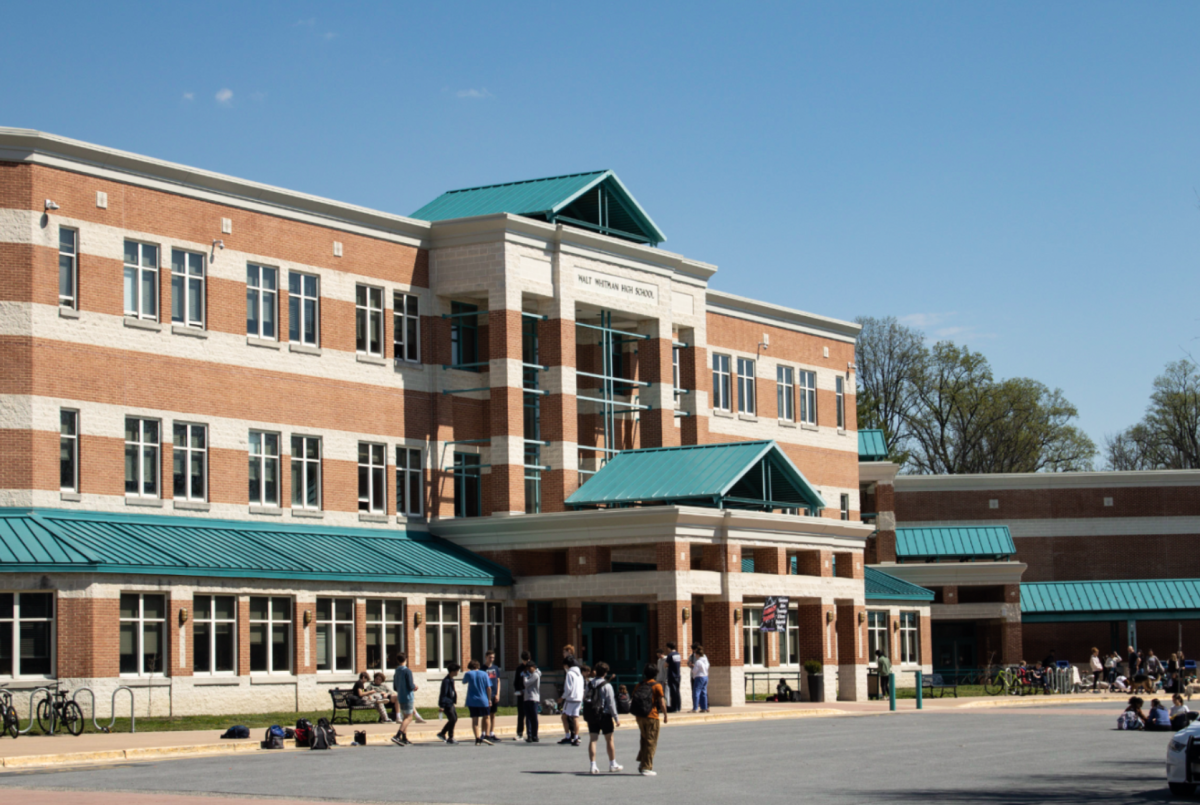Student loan debt this year sets a national record: $1.2 trillion. Nearly 71 percent of bachelor’s degree recipients in 2015 graduated with loans, according to college financial expert Mark Kantrowitz. Tuition is rising at a much higher rate than inflation and paying off student loans takes decades.
President Obama and several 2016 presidential candidates are proposing reforms to address this issue.
Plans:
Bernie Sanders, Democratic Presidential Candidate
Name: College for All Act
Proposal: – free tuition for all undergraduate students at four-year public colleges and
universities
– lower student loan interest rates
– funded by “taxing Wall Street”: a “Robin Hood” tax of 0.5 percent on stock trades plus a
0.1 percent fee on bonds on derivatives
Cost: $70 billion; federal government pays two-thirds and state governments pay the
rest
President Barack Obama
Name: America’s College Promise
Proposal: – first two years of community college free for all students who maintain a 2.5
GPA
Cost: $60 billion for the first 10 years; the federal government pays three-quarters and
state governments pay the rest
Marco Rubio, Republican presidential candidate
Name: “Income-Based Repayment System” or “Student Investment Plan” (no official
name yet)
Proposal: – private sector investors loan money to students
– after graduating, a set percentage of the student’s salary is deducted to pay for
the loan every year for a set number of years
– if the loan is not paid off within that time period, there is no legal obligation to pay back the entire amount borrowed
Cost: loans provided through private sector
Hillary Clinton, Democratic presidential candidate
Name: New College Compact
Proposal: – debt-free education at public universities; families, state governments and the
federal government will collectively fund tuition
– reduce the interest rate for both existing and future student loans
– includes Obama’s plan
Cost: $350 billion over ten years
Q&A with Richard Kahlenberg, education expert at the Century Foundation
Responses have been edited for length and clarity.
Black and White: Should the government be actively involved in subsidizing college education, as plans by Sanders, Clinton and Obama intend to do?
Richard Kahlenberg: Absolutely. We all benefit when our fellow Americans are better educated. That’s why everyone pays for primary and secondary public education, whether or not they have children in the public school system. The same principle applies in higher education.
B&W: How would you rate the plans from best to worst?
RK: I particularly like President Obama’s idea of free community college. Right now, we are seeing a growing economic divide within higher education, where middle and upper class families send their children to four year colleges and poor and working class families used community college. Separate schooling for rich and poor is rarely equal. One good thing about the free community college plan is that it is likely to be attractive to people from across the socioeconomic spectrum and bring a richer economic diversity to two-year colleges.
B&W: Is there a different, more effective, solution to this issue [which none of the candidates have brought up?
RK: In addition to addressing finances, we need to address inequities in admissions to colleges. At selective colleges, rich kids outnumber poor kids by 14 to 1. We need affirmative action for economically disadvantaged students of all races, and an end to legacy preferences, which advantage the already-advantaged children of alumni.






